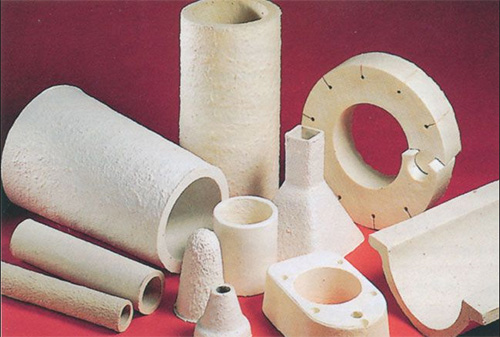- 29
- Dec
Take the breathable brick as an example, briefly describe the basic knowledge of refractory materials
Take the breathable brick as an example, briefly describe the basic knowledge of refractory materials
For steel manufacturers and refractory materials industry, breathable bricks are very important and common refractory products; taking breathable bricks as an example, this article discusses the refractory materials from the four aspects of thermal conductivity, specific heat capacity, refractoriness, and load softening temperature. Basic knowledge.

(Picture) Refractory
Thermal conductivity of refractory materials: Thermal conductivity indicates the thermal conductivity of a substance. The greater the thermal conductivity, the better the thermal conductor. The density of ladle air-permeable bricks is larger, and the thermal conductivity is correspondingly larger.
Specific heat capacity of refractory materials: Specific heat capacity represents the heat absorption or heat dissipation capacity of an object. The larger the specific heat capacity, the stronger the corresponding heat absorption or heat dissipation capacity. The specific heat capacity of ventilated bricks is related to its baking and cooling time.
Refractoriness of refractory materials: As mentioned in the previous article, it is a technical indicator that integrates the chemical composition, dispersion, proportion and viscosity of the liquid phase contained in the material. Refractoriness is one of the important indicators of refractory materials. Refractory materials need to be able to withstand the high temperature of the use scene during use; for ventilating bricks, if the temperature of molten steel is too high, it will not only affect the life of the ventilating bricks, but even cause major leaks, etc. accident.
The load softening temperature of refractory material: It indicates the resistance of the material to high temperature and load at the same time. Refractory products have high compressive strength at room temperature, but after being loaded at high temperatures, they will deform and reduce their compressive strength.
